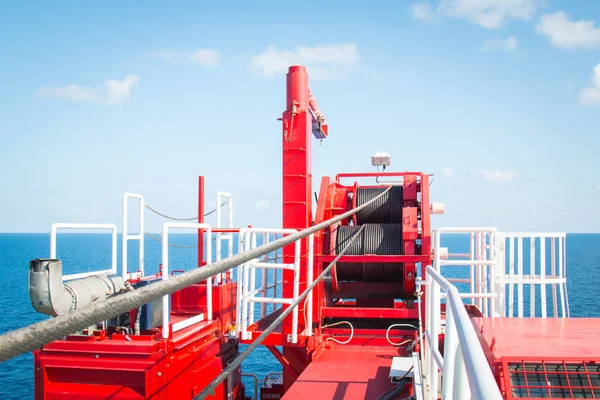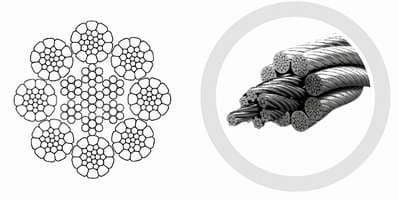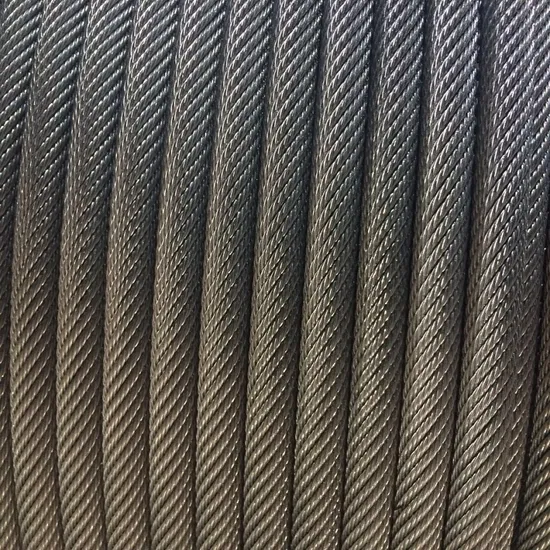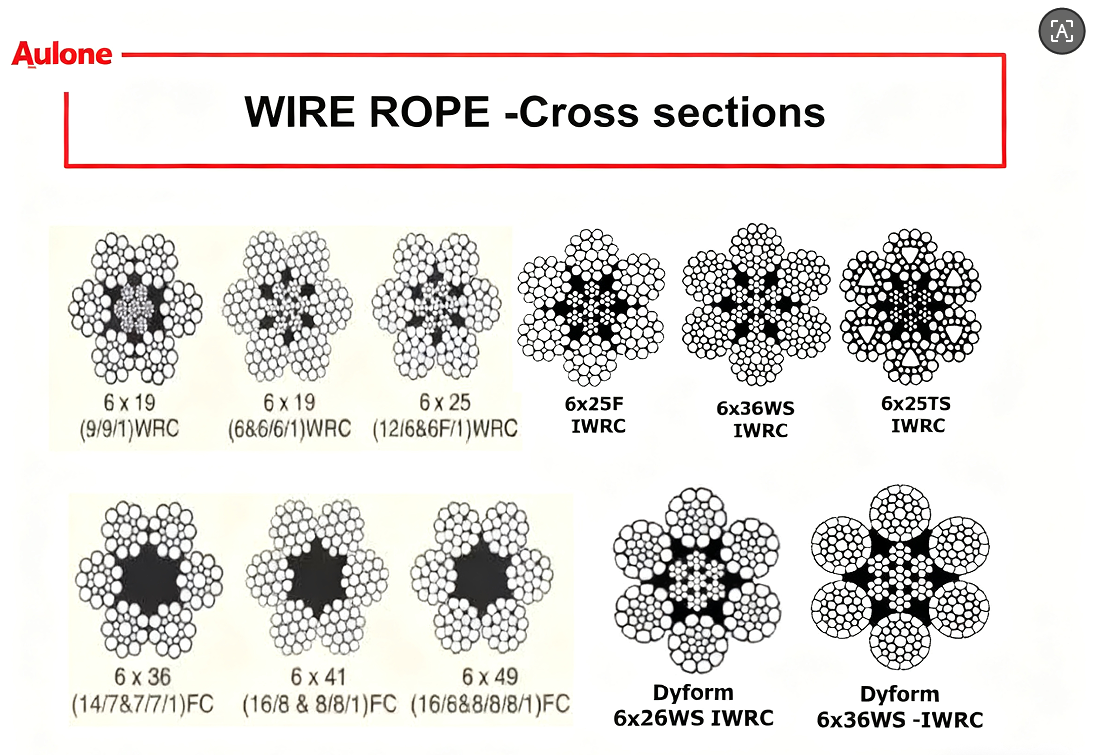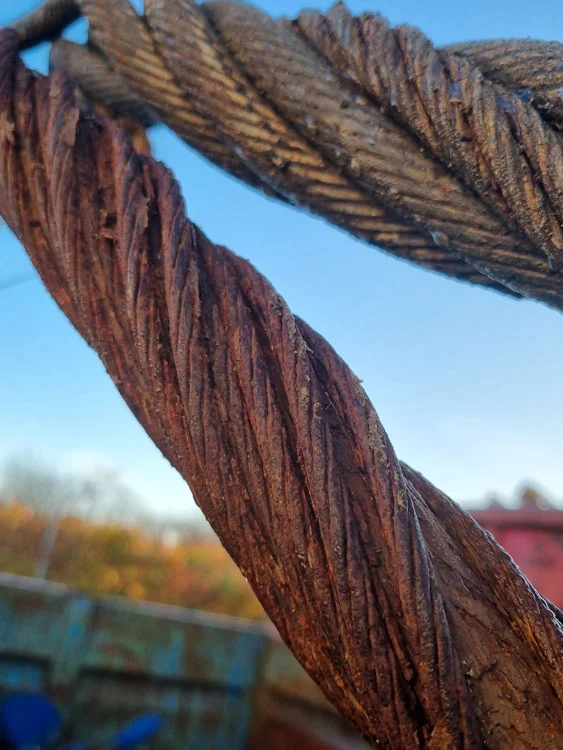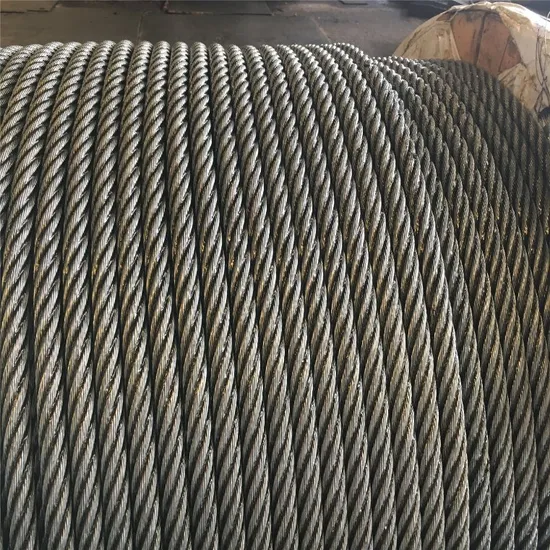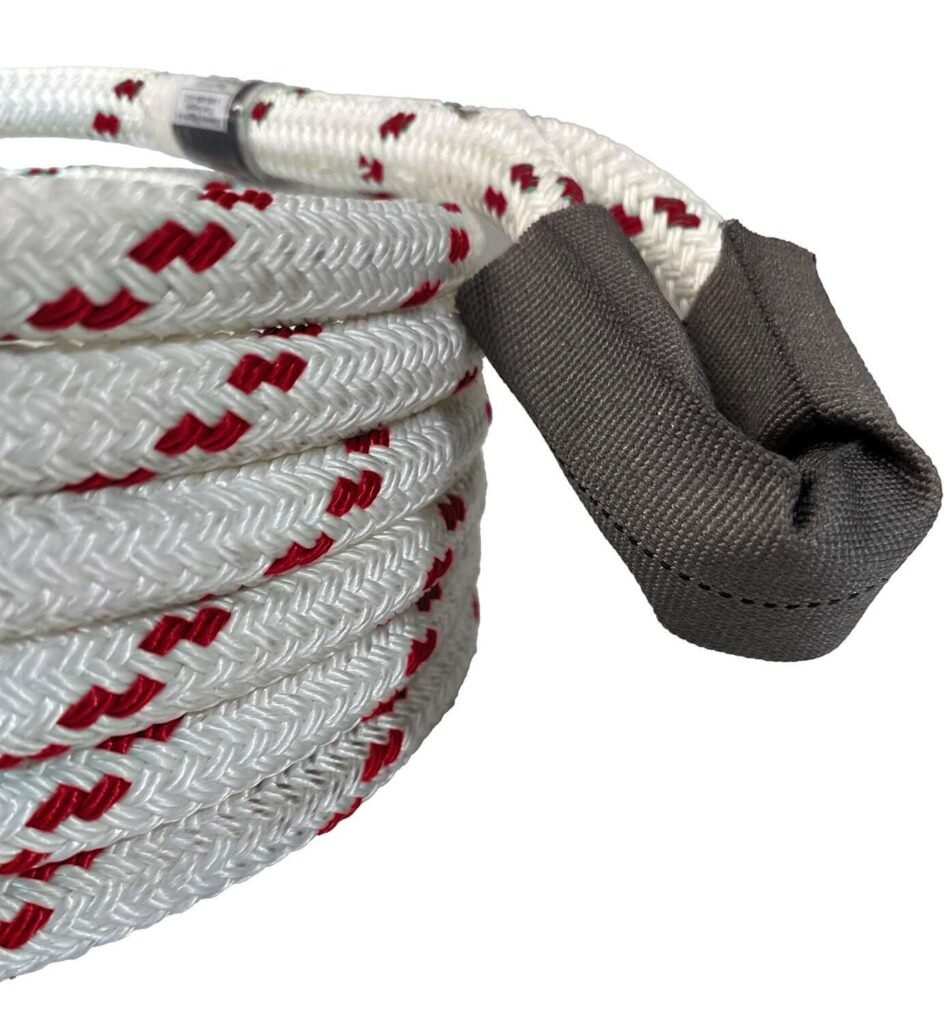
Is your vehicle stuck? Do you need to move something heavy? Tow ropes are essential tools for many tasks. They offer strength and reliability.
Tow ropes are used for recovering vehicles, securing loads, and safely moving heavy objects. They provide essential pulling power in many situations.
I remember the time my old pickup truck got stuck deep in mud. I thought I was stranded. But then, a sturdy tow rope came to the rescue. It pulled me right out.
What is the best tow rope for vehicle recovery?
When a vehicle is stuck, you need the right tool. The best tow rope for vehicle recovery depends on the vehicle’s weight. It also depends on the terrain.
The best tow rope for vehicle recovery is a high-quality synthetic rope or a strong wire rope. It must have a breaking strength at least 2-3 times the vehicle’s gross weight.
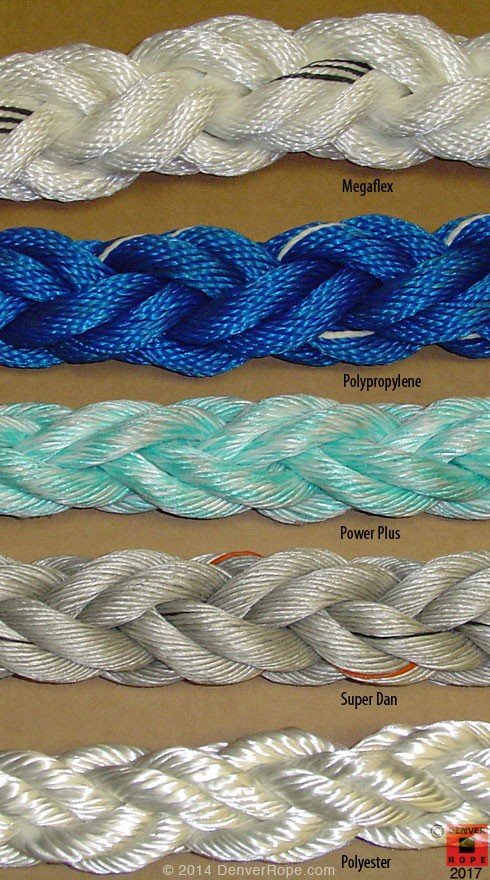
When choosing a recovery rope, think about the vehicle. A small car needs less strength than a large truck. Also, consider the ground. Mud and sand can make the pull harder. You need a rope that stretches a little. This helps to absorb shock during recovery. It also prevents damage to both vehicles.
Key Factors for Vehicle Recovery Ropes
| Factor | Description | Importance |
|---|---|---|
| Material | Synthetic (nylon, polyester) or steel wire ropes | High |
| Breaking Strength | At least 2-3 times vehicle weight | Critical |
| Length | Varies; 20-30 feet is common | High |
| Ends | Spliced loops, thimbles, or hooks | High |
| Elasticity | Some stretch is good for shock absorption | Medium |
Synthetic vs. Wire Rope for Recovery
- Synthetic Ropes: These are often lighter and float on water. They have good stretch. They are safer if they break. They cause less recoil.
- Wire Ropes: These are very strong. They are good for heavy loads. They are durable. But, they can be dangerous if they snap. They store more energy.
How are tow ropes used in marine environments?
Marine settings present unique challenges. Saltwater, strong currents, and heavy loads demand tough ropes. Tow ropes play a vital role here.
In marine environments, tow ropes are used for towing vessels, securing boats at docks, and deploying anchors. They must resist corrosion and abrasion.
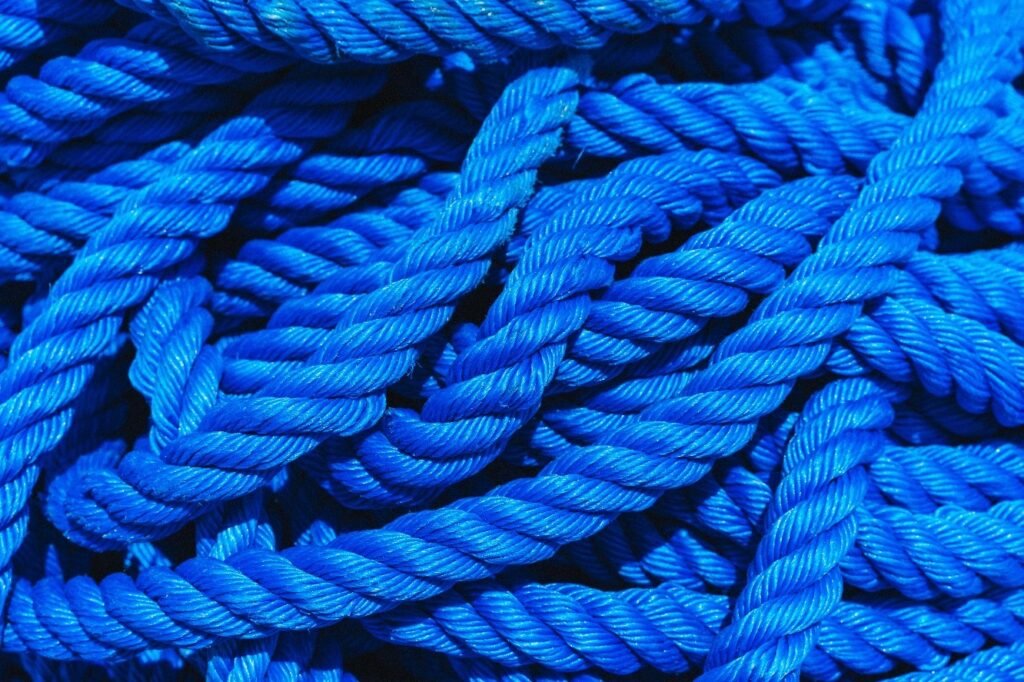
Think about a large ship being guided into port. Or a smaller boat needing a pull back to shore. Marine tow ropes need to withstand constant exposure to harsh elements. They are often made from specialized materials. These materials resist saltwater damage. They also resist wear from waves and friction. They must also have high breaking loads. This ensures safety for large vessels.
Types of Marine Tow Ropes
- Nylon Ropes: These are common. They have good stretch and shock absorption. They are resistant to UV light and rot.
- Polyester Ropes: These have less stretch than nylon. They are stronger wet. They are also highly resistant to abrasion and chemicals.
- Ultra-High Molecular Weight Polyethylene (UHMWPE) Ropes: These are very strong and lightweight. They float. They have very low stretch. They are ideal for heavy-duty towing.
Marine Towing Applications
| Application | Common Rope Type | Key Feature Needed |
|---|---|---|
| Vessel Towing | UHMWPE, Polyesterm | High strength, low stretch |
| Docking Lines | Nylon, Polyester | Elasticity, abrasion resistance |
| Anchor Rodes | Nylon | Abrasion resistance, strength |
| Salvage Operations | UHMWPE, Steel Wire | Extreme strength, durability |
Can tow ropes be used for industrial lifting?
Industrial settings demand extreme strength. They also need very high safety standards. Can tow ropes meet these needs for lifting?
Tow ropes are often adapted for industrial lifting. They need specific certifications and often come as specialized assemblies. High breaking load is critical.

In factories or construction sites, lifting heavy machinery or materials is a daily task. While a general ‘tow rope’ might be for pulling, the underlying technology of wire ropes is key here. Think about crane wire ropes or specialized slings. These are designed for vertical lifting. They must meet strict safety rules. They also need to provide full traceability. This means knowing where the rope came from and how it was made.
Industrial Wire Rope Characteristics
- High Tensile Strength: Essential for lifting very heavy loads safely.
- Compliance: Must meet international standards like EN12385-4.
- Certifications: Often require BV & CE, RMRS, DNV, ABS.
- Specialized Assemblies: Often come with specific end fittings for hooks or shackles.
Common Industrial Uses
| Application | Description | Example Rope Type |
|---|---|---|
| Crane Operations | Lifting and moving heavy loads within a facility | Crane Wire Rope |
| Mining | Hoisting minerals, personnel, and equipment | Mining Wire Rope |
| Offshore Rigs | Lifting equipment on oil platforms | Marine Wire Rope |
| Piling | Driving piles into the ground for foundations | Piling Tools Ropes |
| Elevators | Safely moving people and goods in buildings | Elevator Wire Rope |
What are the benefits of using galvanized tow rope?
Tow ropes face harsh elements. Rain, sun, and chemicals can cause damage. Galvanized ropes offer a solution to this problem.
Galvanized tow ropes are coated with a layer of zinc. This coating protects the steel from rust and corrosion. It makes the rope last longer.
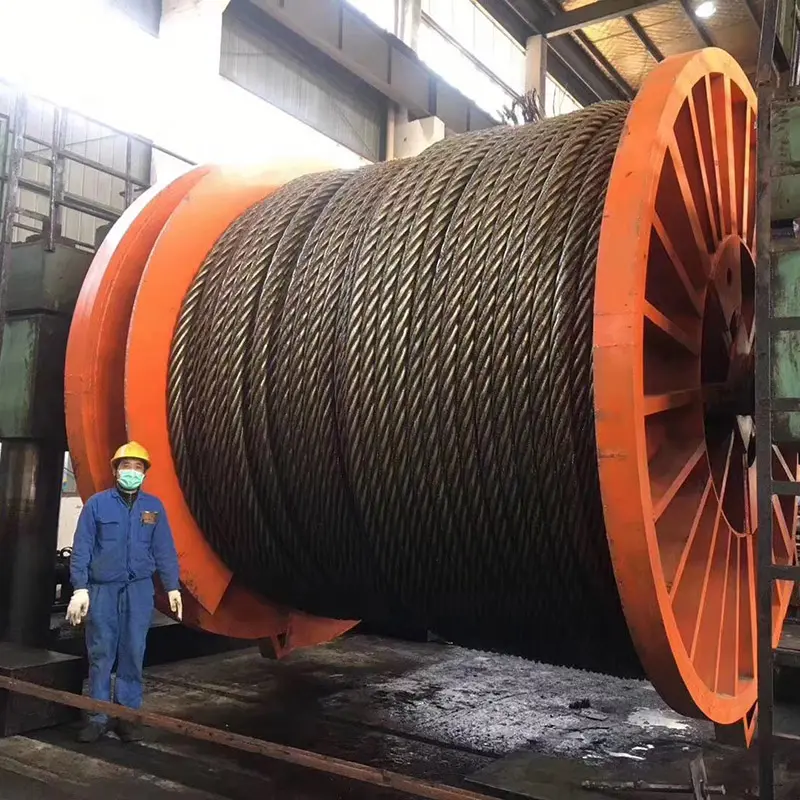
I once had a wire rope that rusted quickly. It was used often outdoors. This made it weak. It was also unsafe. Then I switched to a galvanized one. It made a big difference. The zinc layer acts like a shield. It keeps moisture and corrosive agents away from the steel core. This is very important for outdoor or marine use. It saves money in the long run. It also makes operations safer.
Advantages of Galvanized Wire Rope
- Corrosion Resistance: The zinc coating prevents rust buildup. This extends the rope’s lifespan.
- Durability: It stands up better to harsh weather. It can handle marine or humid conditions.
- Lower Maintenance: Less need for constant inspection and replacement due to rust.
- Cost-Effective: While maybe a slightly higher initial cost, it lasts much longer. This reduces overall expenses.
Where Galvanized Ropes Excel
| Environment | Benefit of Galvanization | Common Application |
|---|---|---|
| Outdoor | Resists rain, sun, humidity | Vehicle recovery, construction |
| Marine | Protects against saltwater spray | Mooring, anchors |
| Industrial | Withstands chemical exposure | Manufacturing, chemical plants |
| Mining | Resists moisture in tunnels | Hoisting, transport |
What types of wire products accompany tow ropes?
Tow ropes are often part of a larger system. They need other items to work well. These other items ensure safety and proper function.
Tow ropes are often used with hooks, shackles, and specialized assemblies. These “wire products” help connect, secure, and operate the ropes safely.
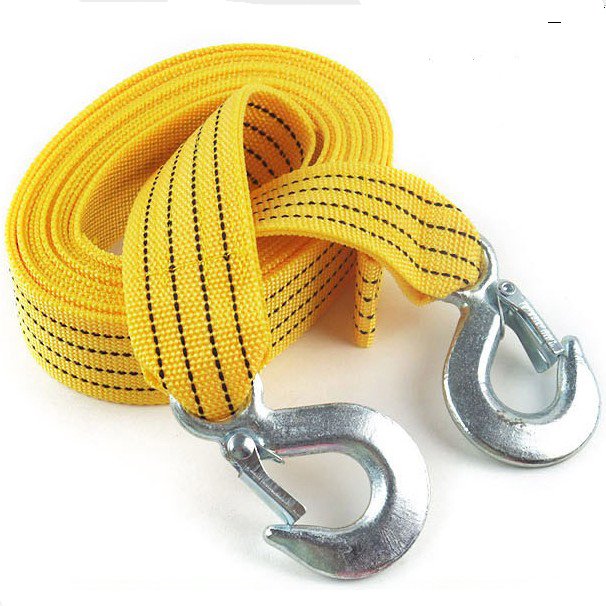
When dealing with heavy loads, simply having a strong rope is not enough. You need the right connectors. You need things to protect the rope ends. You also need tools for specific tasks. For example, lifting a heavy machine requires specific shackle types. Towing a car needs strong hooks. These items are made to work together with the ropes. They create a complete, safe system.
Essential Wire Products
- Hooks: For quick attachment to vehicles or anchor points. They come in various types like clevis hooks, grab hooks, and self-locking hooks.
- Shackles: U-shaped metal links with a pin. They connect ropes to other components. They are stronger and more secure than many hooks.
- Thimbles: Metal sleeves placed inside rope eyes (loops). They protect the rope from wear and tear. This is crucial at stress points.
- Turnbuckles: Devices used to adjust rope tension. They have threads at both ends. They are great for fine-tuning load balance.
- Clips/Clamps: Used to secure wire rope ends or make loops. They ensure a firm hold.
Applications of Wire Products
| Wire Product | Primary Use | Example |
|---|---|---|
| Hooks | Quick connection for towing | Vehicle recovery |
| Shackles | Secure attachment in lifting or heavy pulling | Crane rigging |
| Thimbles | Protect rope eye from abrasion | Sling ends |
| Turnbuckles | Adjust tension or length in rigging systems | Guy wires |
| Clips | Secure rope ends, create permanent loops | Lifelines |
Conclusion
Tow ropes are incredibly versatile. They help recover vehicles. They are key in marine and industrial work. Choosing the right rope and accessories is very important for safety and efficiency.

